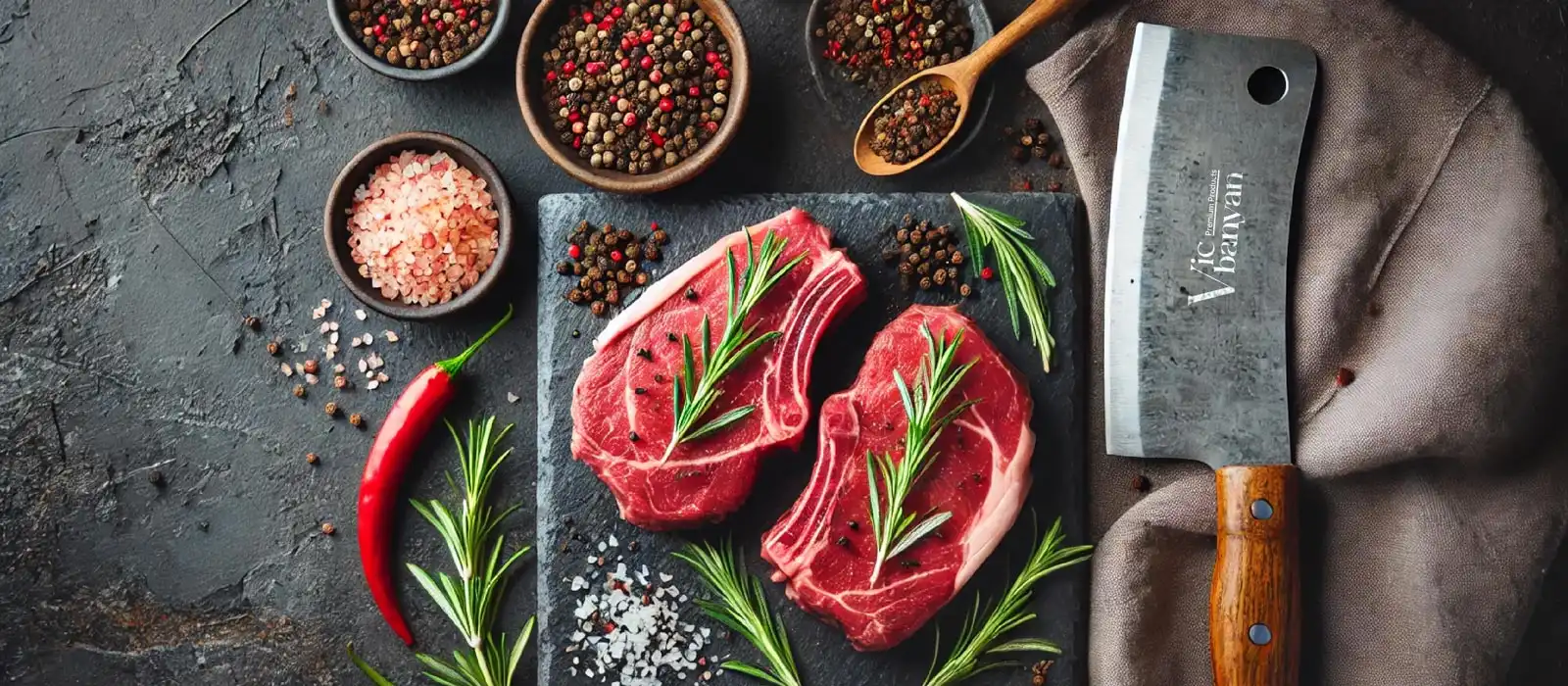Introduction
Beef production is a vital component of the agricultural industry, providing a significant source of protein for populations worldwide. The diet of beef cattle plays a crucial role in determining the quality and flavor of the meat produced. Among the various feeding strategies, a grain diet has gained popularity due to its impact on the sensory attributes of beef. This article explores the effects of a grain diet on beef quality and flavor, delving into the underlying biochemical processes and consumer preferences. Understanding these impacts is essential for producers aiming to meet market demands and ensure the production of high-quality beef.
Background on Beef Production
Traditional beef production has largely relied on grass feeding, where cattle graze on pastures throughout their life. However, modern beef production often incorporates grain feeding, particularly during the finishing phase. Grain diets typically include corn, barley, wheat, and other cereal grains, which provide a high-energy feed that promotes rapid weight gain and improves certain meat characteristics.
The role of diet in beef cattle rearing is multifaceted, influencing not only the growth and health of the animals but also the quality of the meat. Grain-fed beef is known for its superior marbling and tenderness, attributes that are highly prized by consumers. Understanding the types of grains used and their effects on beef production is crucial for assessing the overall impact of grain diets.
Grains used in beef production vary widely, with corn being the most common due to its high energy content and palatability. Other grains like barley and wheat are also used, each contributing differently to the nutritional profile and sensory characteristics of the beef.
Grain Diet and Beef Quality
Beef quality is determined by several factors, including texture, marbling, and tenderness. These attributes are influenced by the diet of the cattle, with grain diets playing a significant role in enhancing beef quality.
Marbling, the intramuscular fat within the beef, is a key indicator of quality. Grain-fed cattle tend to have higher marbling scores compared to grass-fed cattle, leading to more tender and flavorful meat. The high energy content of grains promotes fat deposition within the muscle, resulting in better marbling.
Tenderness is another critical aspect of beef quality. Grain diets contribute to more tender beef by reducing the connective tissue toughness. This is due to the accelerated growth rate and fat deposition associated with grain feeding, which alters the muscle fiber structure and improves tenderness.
In comparison to grass-fed beef, grain-fed beef typically has a more consistent and desirable texture. Grass-fed beef, while leaner and often preferred for its perceived health benefits, can be less tender and have a more variable texture. The differences in diet lead to significant variations in meat quality, influencing consumer preferences and market value.
Flavor Enhancement through Grain Diet
The flavor of beef is a complex attribute influenced by numerous biochemical processes. Grain diets have a profound effect on these processes, leading to distinct flavor profiles that are often preferred by consumers.
Beef flavor is primarily derived from the Maillard reaction and lipid oxidation, both of which are influenced by the diet of the cattle. Grain-fed beef has higher levels of certain fatty acids and sugars that enhance the Maillard reaction, resulting in a richer and more desirable flavor.
Grain diets also affect the lipid profile of beef, increasing the levels of monounsaturated fats which are associated with better flavor. The specific grains used can further modify the flavor, with corn-fed beef often described as sweeter and more palatable compared to beef fed with other grains.
Consumer preferences play a significant role in shaping beef production practices. Market trends indicate a strong preference for the flavor of grain-fed beef, driving producers to adopt grain feeding strategies to meet demand. This consumer-driven approach underscores the importance of understanding and optimizing grain diets to enhance beef flavor.
Quality Assurance in Grain-fed Beef Production
Quality assurance is a critical aspect of beef production, ensuring that the meat produced meets stringent standards for safety, quality, and consistency. In grain-fed beef production, quality assurance practices are essential to maintain the desired attributes of the meat.
Standards and regulations for grain-fed beef vary by region but generally include guidelines for feed composition, animal health, and meat quality. Adhering to these standards helps producers ensure that their beef meets consumer expectations and regulatory requirements.
Quality assurance practices involve regular monitoring and testing of the feed, animals, and final meat products. This includes assessing the nutritional content of the feed, checking for contaminants, and evaluating the quality of the meat for attributes like marbling, tenderness, and flavor.
The role of quality assurance extends beyond compliance with regulations; it also involves continuous improvement practices to enhance beef quality. Producers who implement robust quality assurance programs are better positioned to produce high-quality grain-fed beef that meets market demands.
Challenges and Considerations
While grain-fed beef production offers numerous benefits, it also presents several challenges and considerations that need to be addressed.
Environmental impact is a significant concern, as grain-fed cattle require substantial resources for feed production, including land, water, and energy. The environmental footprint of grain-fed beef is generally higher compared to grass-fed beef, necessitating sustainable practices to mitigate these effects.
Economic considerations are also critical, with the cost of grain feeding being a major factor in the overall production expenses. Fluctuations in grain prices can significantly impact the profitability of grain-fed beef production, requiring careful management and planning.
Ethical issues and animal welfare are increasingly important to consumers and stakeholders. Ensuring that grain-fed cattle are raised in humane conditions and that their well-being is prioritized is essential for maintaining public trust and meeting ethical standards.
Conclusion
In summary, a grain diet has a profound impact on the quality and flavor of beef, offering benefits such as improved marbling, tenderness, and flavor that are highly valued by consumers. However, the production of grain-fed beef also presents challenges, including environmental, economic, and ethical considerations that need to be carefully managed.
Future perspectives on grain diet in beef production point towards the need for sustainable and ethical practices that balance the benefits of grain feeding with its associated challenges. By prioritizing quality assurance and adopting innovative approaches, producers can continue to meet market demands and produce high-quality beef.
Ensuring high-quality beef production involves a holistic approach that considers all aspects of the production process, from feed composition to animal welfare. As consumer preferences evolve, the beef industry must adapt to maintain its commitment to quality and sustainability.


